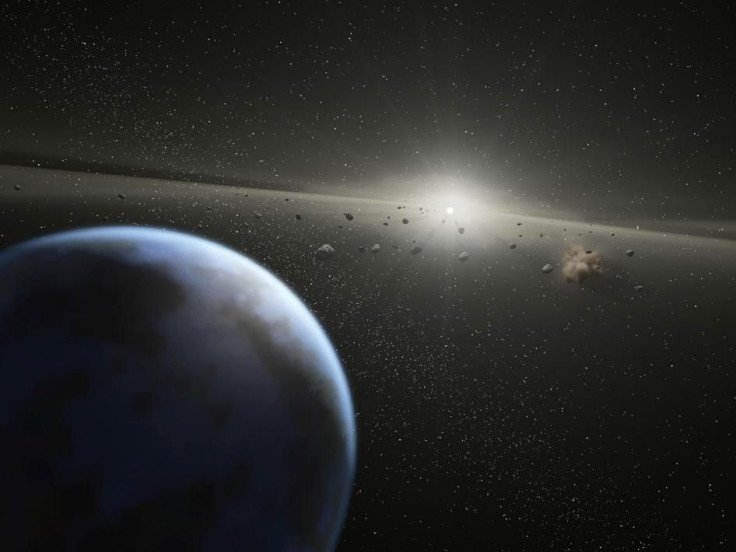Asteroid With 'Non-Zero' Probability Of Hitting Earth In September Detected By ESA

KEY POINTS
- ESA detected an asteroid that has a non-zero probability of hitting Earth
- 2018 SV13 is currently featured in ESA's Risk List
- The asteroid might cause a powerful mid-air explosion
The European Space Agency (ESA) has identified an asteroid that has a non-zero chance of colliding with Earth in September. According to the agency, the asteroid follows an Earth-intersecting natural orbit.
The asteroid has been identified as 2018 SV13. It is currently included in the ESA’s Risk List, which is an online catalog of asteroids that have non-zero impact probabilities. This means that all asteroids featured in the list have a chance of hitting Earth in the future.
As noted by the ESA, 2018 SV13 has been in the Risk List for 617 days as of this writing. According to the agency, this asteroid has an estimated diameter of about 131 feet.
The ESA predicted that 2018 SV13 has a chance of hitting Earth on Sept. 22. The agency indicated that the asteroid might collide with the planet on this date with an impact velocity of almost 44,000 miles per hour.
Although the asteroid might hit Earth at high speeds, there’s a chance that it won’t cause an impact event due to its size. Instead of hitting the ground and creating a crater, the asteroid will most likely burn up in the atmosphere and produce a powerful explosion in the sky.
Unfortunately, asteroids airbursts can still be very dangerous. Based on 2018 SV13’s size, the energy from its mid-air explosion could be equivalent to multiple atomic bombs. Depending on the altitude of the airburst, 2018 SV13’s mid-air explosion could still cause a lot of damage on the ground.
2018 SV13’s chances of hitting Earth depends on various factors in space, such as the gravitational pull of large cosmic objects. These objects, such as planets and moons, can nudge the asteroid into a collision course with Earth.
Fortunately, the ESA noted that 2018 SV13 only has a small chance of hitting Earth in September. According to the agency, the asteroid’s chances of colliding with the planet are one out of 3.6 million.
If 2018 SV13 misses the planet on its upcoming approach, it’s next near-Earth flyby will occur on Aug. 14, 2022. During this time, the asteroid will fly past Earth from a distance of 0.13649 astronomical units or 13 million miles.
© Copyright IBTimes 2025. All rights reserved.




















